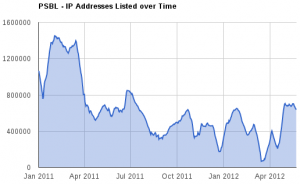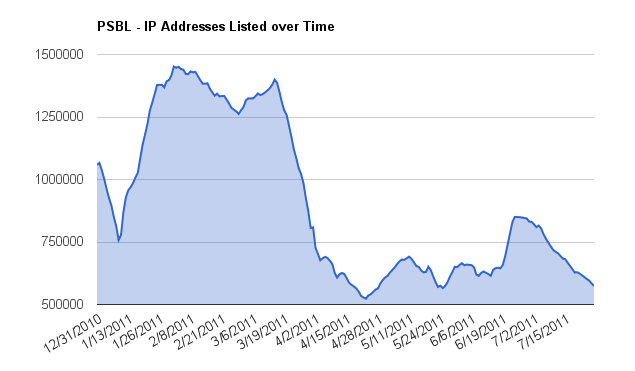
Cybercriminals are constantly devising new strategies to exploit users on social media platforms and online business tools. One of the latest tactics that has gained significant attention is the “Your Page Has Been Disabled” message, purportedly from the Meta Security Team. This deceptive scheme specifically targets users of the Meta Business Suite, attempting to extract sensitive information by masquerading as a legitimate security alert. This scam is particularly insidious as it targets Facebook (Meta) page owners, both individuals and company/brand page admins, exploiting their fears and vulnerabilities through notifications about their page’s supposed suspension.







